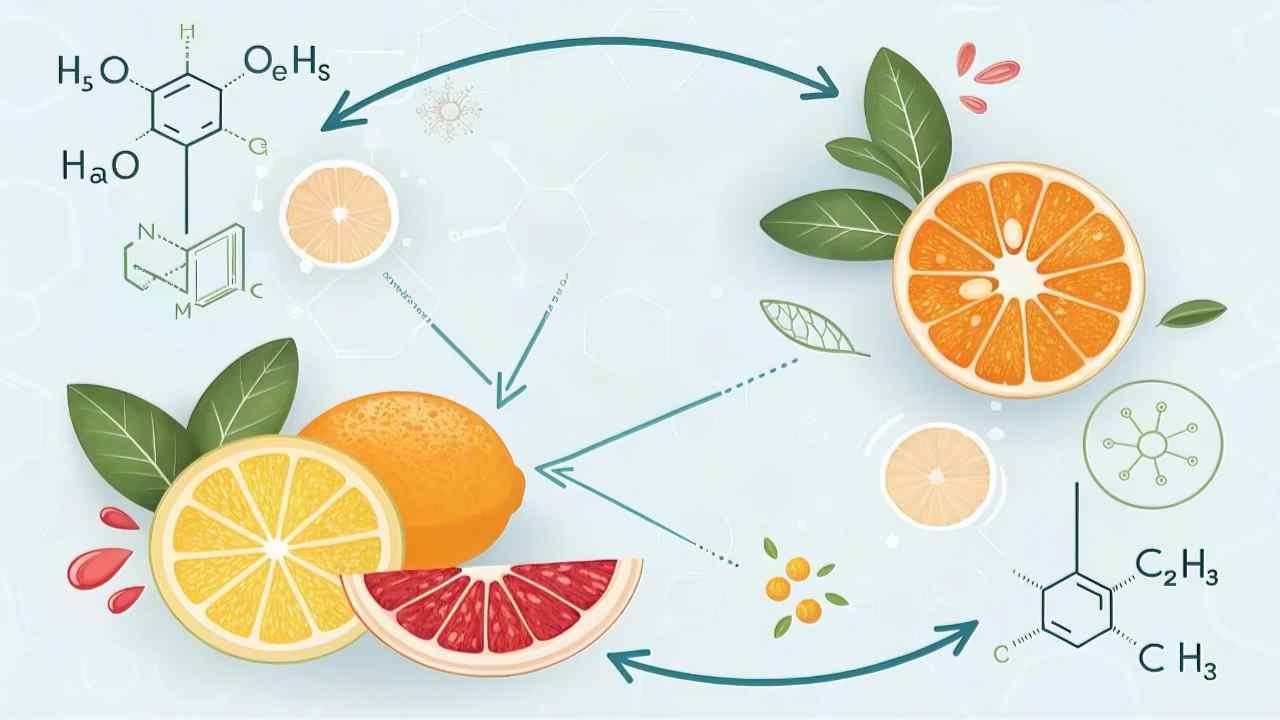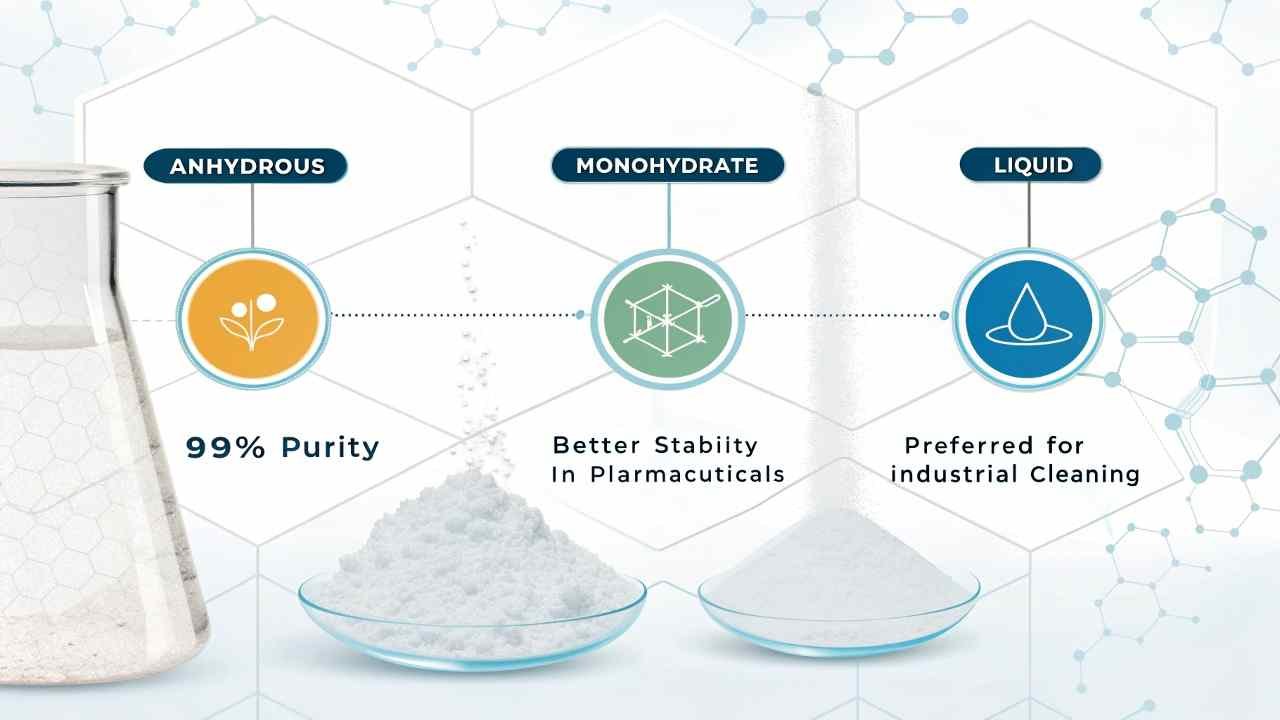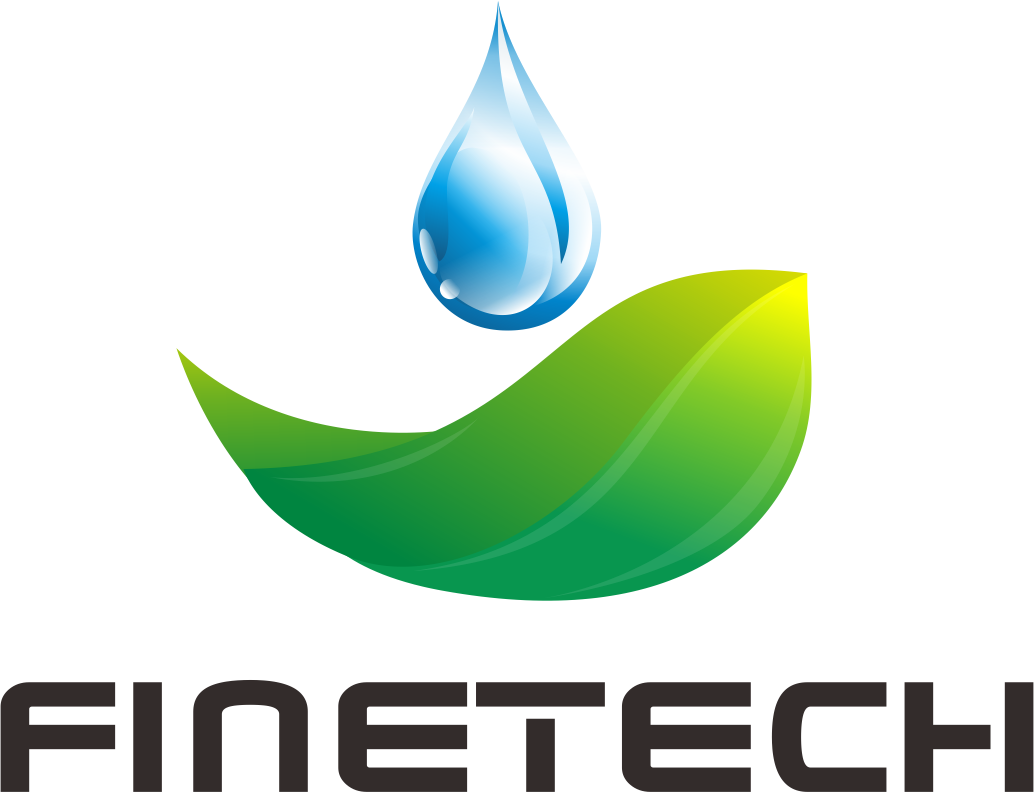Citric acid isn’t just for lemonade—it’s fueling biotech breakthroughs, green manufacturing, and even brain research. What’s next for this molecular multitasker?
Citric acid’s global market will grow 4.8% annually through 2030, driven by sustainable food preservation, Krebs cycle-based metabolic therapies, and novel applications in nanotechnology and biodegradable materials.
From cellular energy1 to carbon-neutral packaging2, let’s explore how citric acid is rewriting the rules of chemistry and commerce.
What Will Be the Upcoming Growth in the Citric Acid Market?
Forget the $3B current market—future growth hides in vegan cheese, mRNA vaccine buffers, and plastic-eating microbes.
Asia-Pacific will dominate 45% of citric acid demand by 2028, fueled by China’s 12% annual pharma growth and India’s $1.2B natural preservative market. Europe’s green packaging laws boost biodegradable citrate polymer demand by 22%.

Growth Drivers by Sector
| Sector | 2025-2030 CAGR | Key Application | Regional Hotspot |
|---|---|---|---|
| Food & Beverage | 3.9% | Plant-based meat pH control | Middle East (Halal foods) |
| Pharmaceuticals | 6.2% | Vaccine stabilizers | Europe (mRNA therapeutics) |
| Biodegradable Plastics | 18% | Polycitrate polymer production | North America |
| Cosmetics | 5.7% | Natural exfoliants (AHA blends) | South Korea/Japan |
How Does the Citric Acid Cycle Influence Cellular Metabolism?
Your cells burn citric acid daily to make ATP3 —but researchers now hack this cycle to fight aging and cancer.
The Krebs cycle converts citrate into 90% of cellular ATP. New studies link citrate depletion to Alzheimer’s plaques and use citrate-coated nanoparticles to disrupt cancer cell metabolism.

Metabolic Interventions
| Condition | Citrate Role | Therapeutic Approach | Clinical Trial Phase |
|---|---|---|---|
| Alzheimer’s | Regulates amyloid-beta clearance | Intranasal citrate sprays | Phase II (NCT04864225) |
| Prostate Cancer | Inhibits fatty acid synthesis | Citrate-coated gold nanoparticles | Preclinical |
| Diabetes | Enhances insulin sensitivity | Magnesium citrate supplements | Phase III (NCT05123703) |
A 2024 Nature study showed citrate-infused hydrogels improved traumatic brain injury recovery by 37% in mice models.
What Are the Principles of Citric Acid in Food Chemistry?
Too much citric acid turns milk into cheese—but precise dosing creates vegan mozzarella and extends shelf life.
Citric acid (E330) lowers pH to 2.8-4.5, inhibiting microbial growth. It chelates metals to prevent oxidation and reacts with bicarbonates for effervescence in tablets.

Food Industry Applications
| Function | Concentration | Example Use Case | Effect |
|---|---|---|---|
| Preservation | 0.1-0.3% | Canned tomatoes (pH 4.3) | 99.9% mold/bacteria reduction |
| Flavor Enhancement | 0.5-1.2% | Citrus-flavored sodas | Masks stevia aftertaste |
| Texture Modifier | 0.05-0.1% | Vegan cheese (casein replacement) | Emulsifies plant proteins |
How Is Citric Acid Formed Naturally in Fruits?
Lemons don’t make citric acid—they hijack mitochondria4 to convert sugar into citrate via a 8-step enzymatic cascade.
Fruits synthesize citric acid via the Krebs cycle in mitochondria. Key steps: pyruvate → acetyl-CoA → citrate synthase reaction. Citrus fruits store 5-8% citrate by dry weight.

Biosynthesis Pathway
| Step | Enzyme | Byproduct | Optimal pH |
|---|---|---|---|
| Glycolysis | Hexokinase | Pyruvate | 7.0-7.5 |
| Pyruvate Oxidation | PDH complex | Acetyl-CoA | 7.8 |
| Citrate Synthesis | Citrate synthase | Citrate | 8.0 |
| Vacuolar Storage | Citrate transporter | Malic acid | 5.5 |
Genetic engineers boosted lime citrate yields5 by 40% using CRISPR-edited citrate transporter genes (2023 Plant Cell study).
What Are the Different Forms of Citric Acid and Their Applications?
Powder, liquid, or crystals? Your choice affects solubility, reactivity, and profit margins.
Anhydrous (powder): 99% purity for dry mixes. Monohydrate (crystals): Better stability in pharmaceuticals. Liquid (50% solution): Preferred for industrial cleaning.

Form-Specific Guidelines
| Form | Solubility (25°C) | Best For | Cost/kg |
|---|---|---|---|
| Anhydrous Powder | 59g/100ml | Bakery premixes | $1.20 |
| Monohydrate Crystals | 73g/100ml | Effervescent tablets | $1.45 |
| Liquid Solution | N/A | Descaling boilers | $0.90 |
A UAE detergent manufacturer cut production costs by 18% switching to FINETECH’s bulk liquid citrate for limescale removal.
Conclusion
Citric acid bridges ancient biochemistry and cutting-edge sustainability—partner with suppliers who master both purity and emerging application science.
-
Explore the significance of cellular energy in biochemical processes and its implications for various scientific fields. ↩
-
Learn about innovative approaches to packaging that reduce carbon footprints and promote sustainability in commerce. ↩
-
Exploring ATP's connection to health can reveal innovative approaches to treat age-related diseases and cancer. ↩
-
Exploring mitochondria's function can deepen your insight into energy production and overall cellular health. ↩
-
Discover innovative methods to enhance lime citrate production through genetic engineering techniques. ↩


